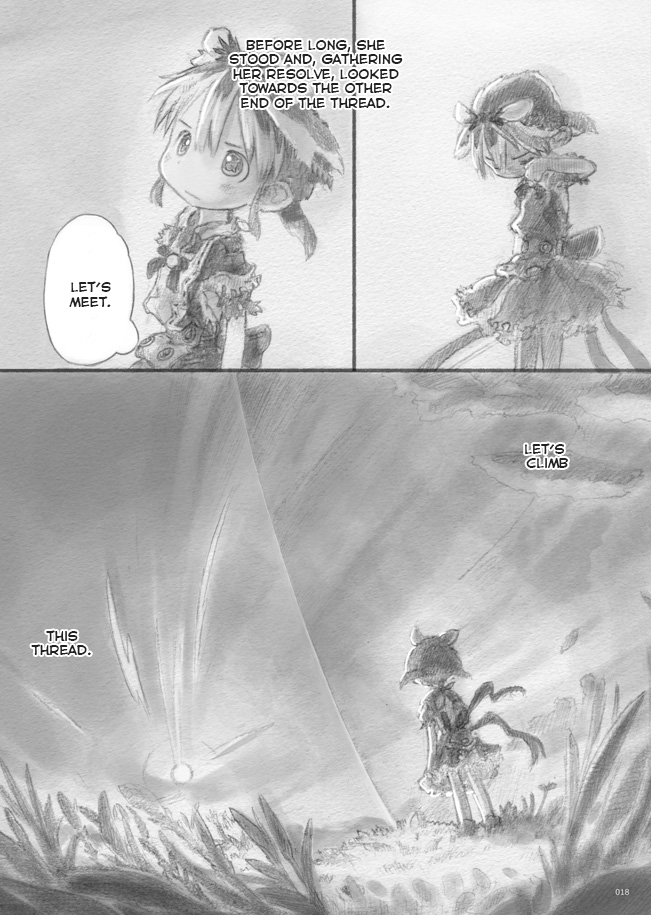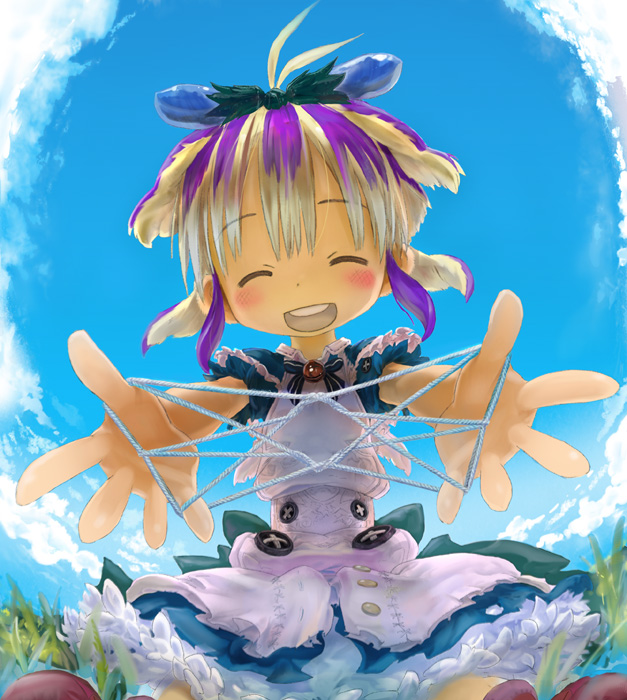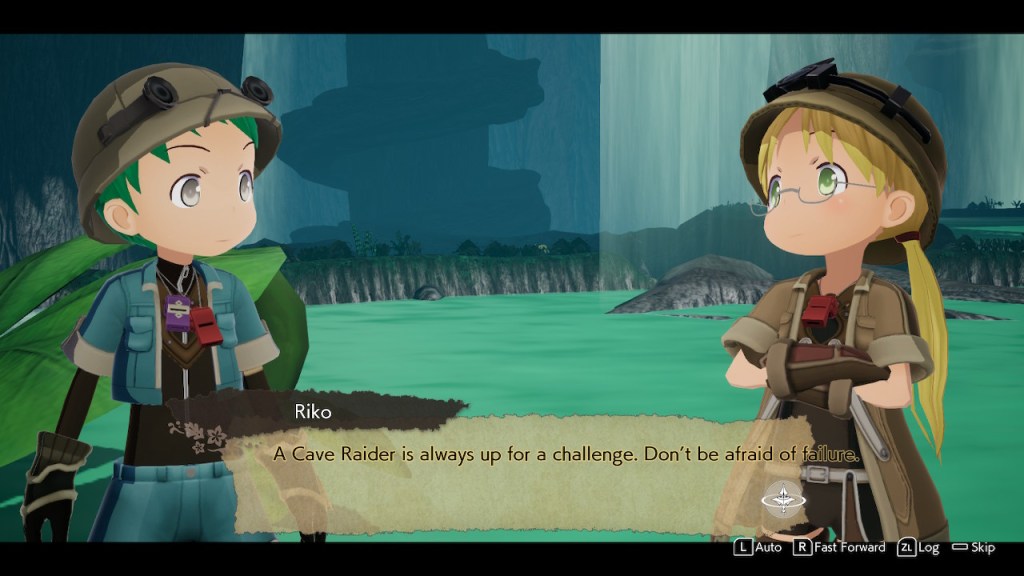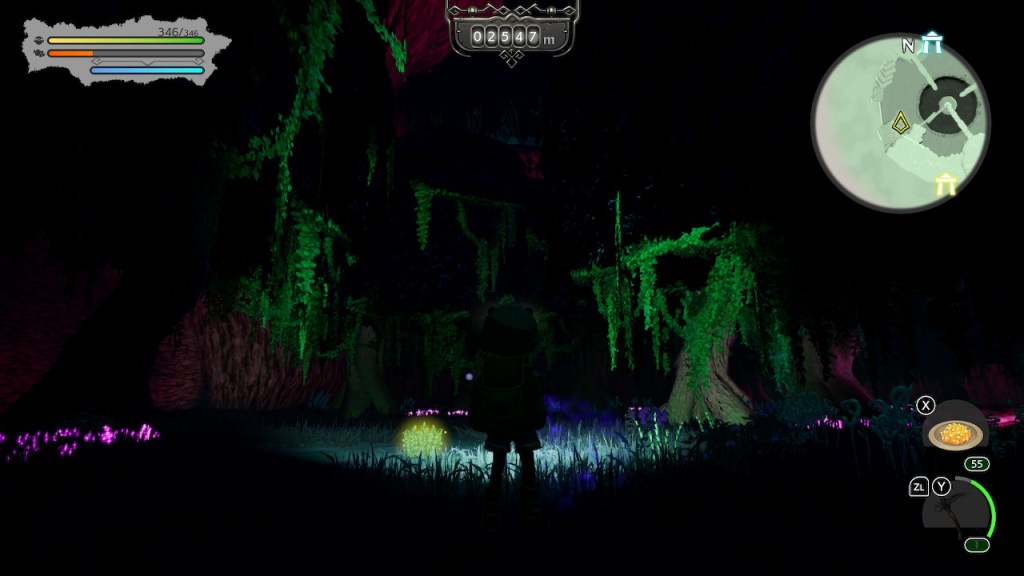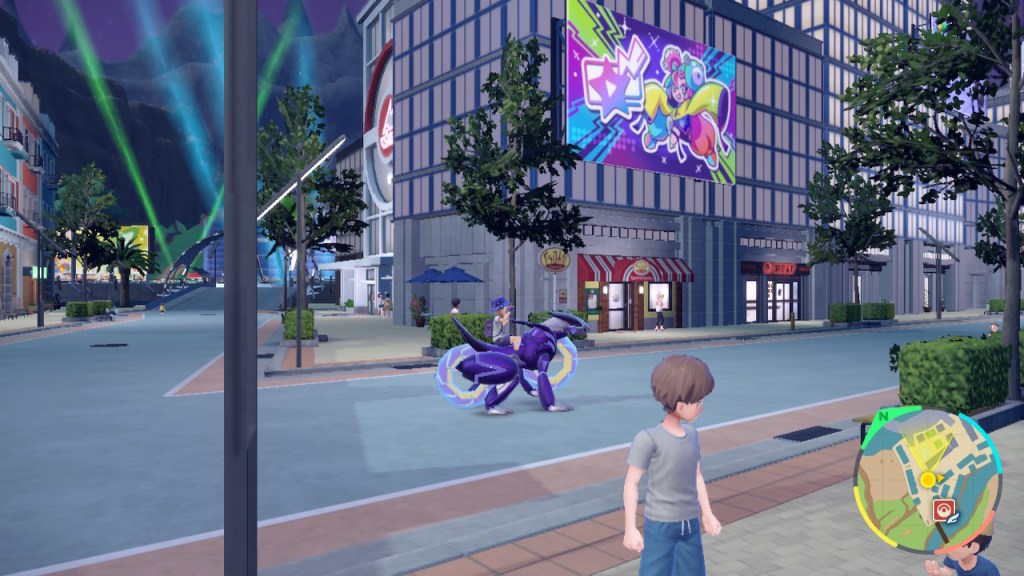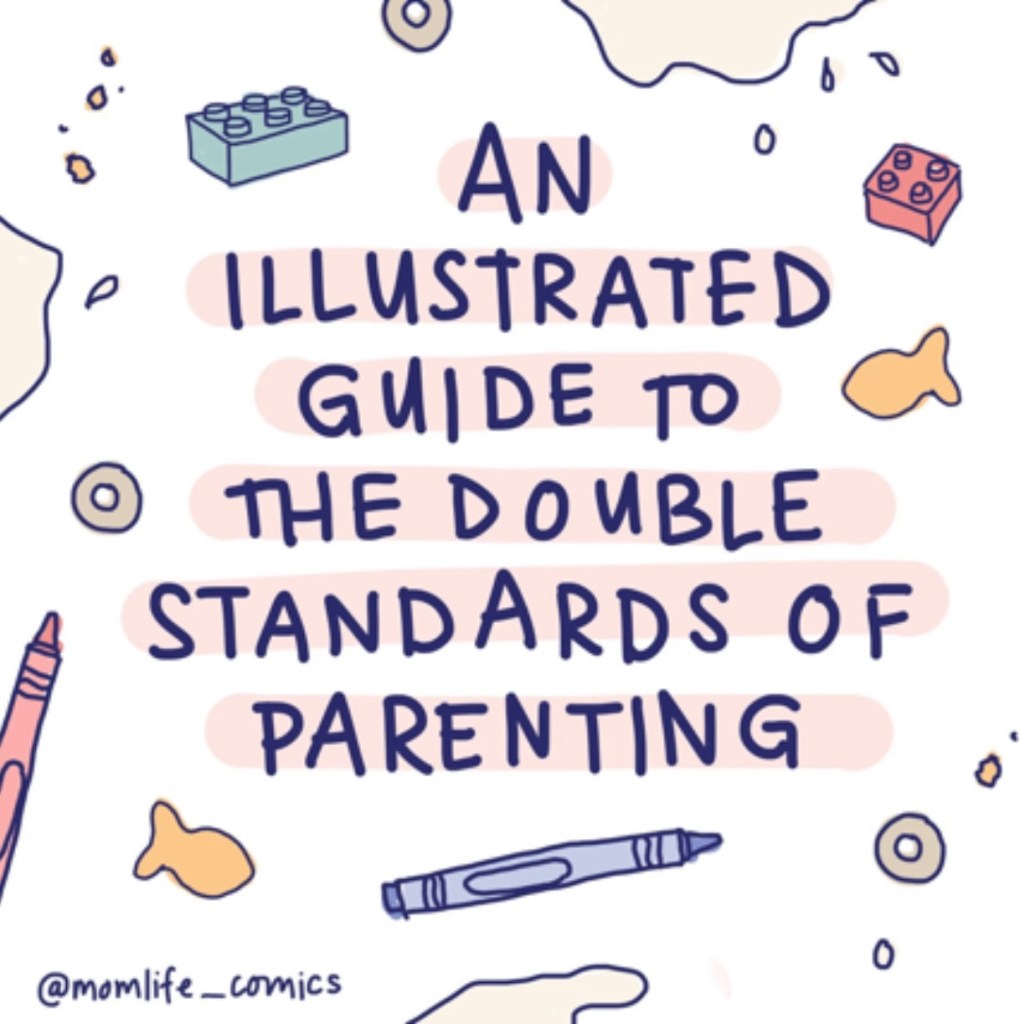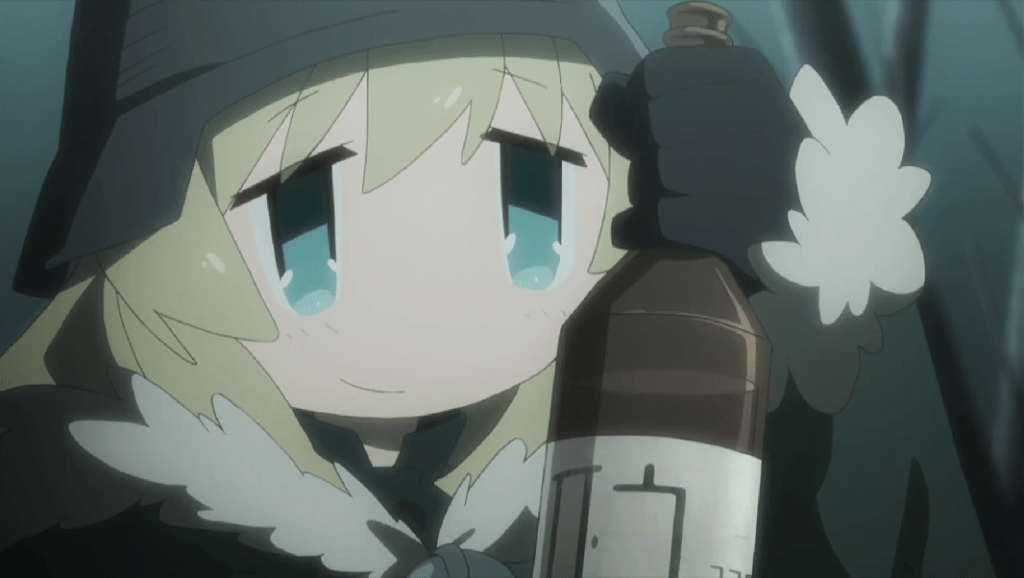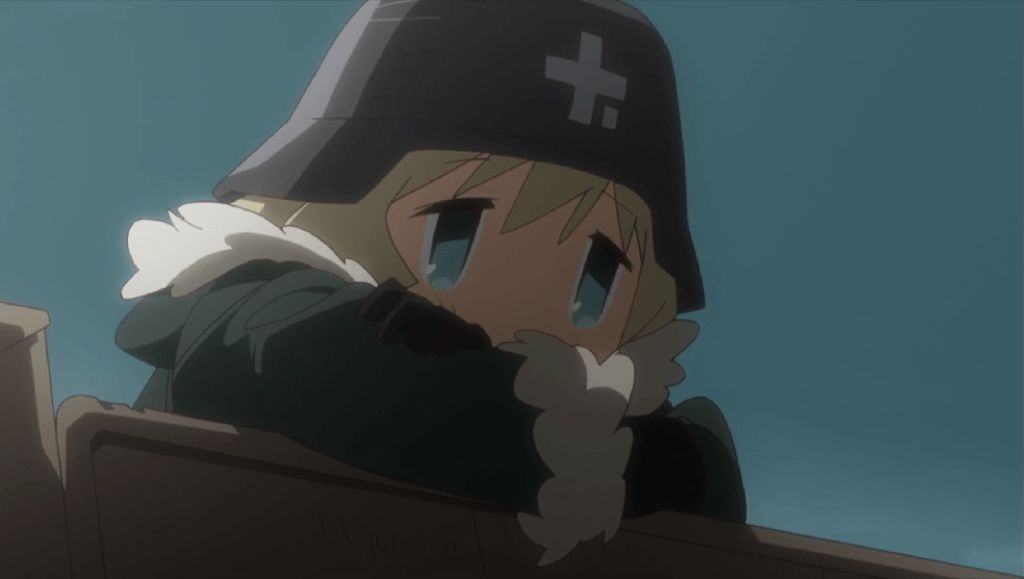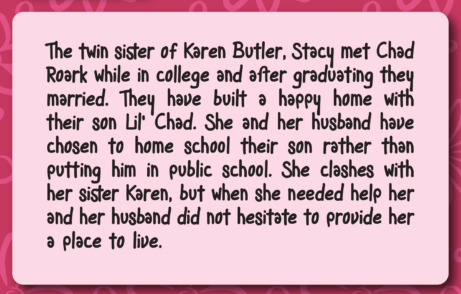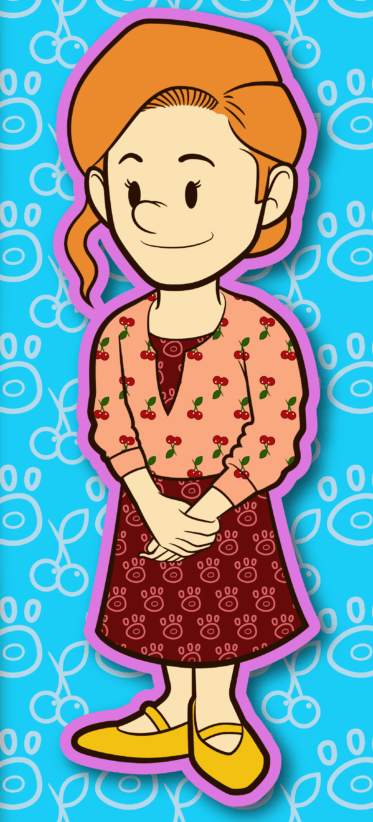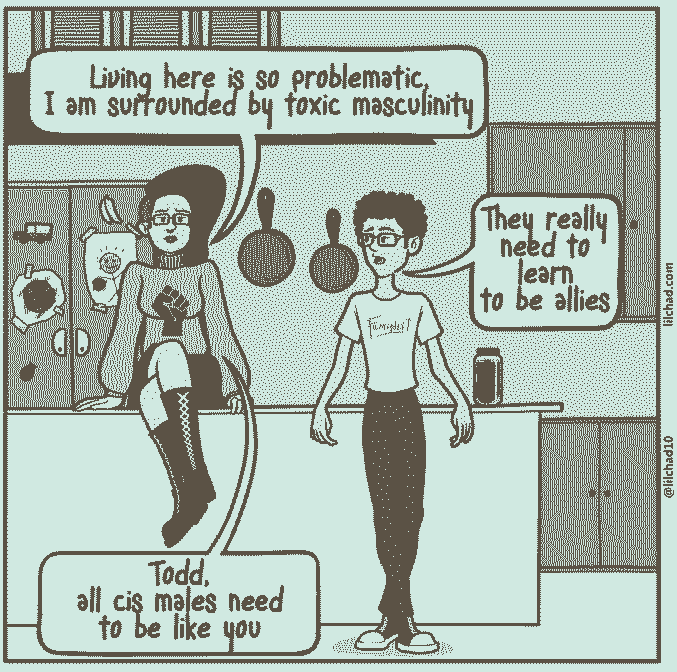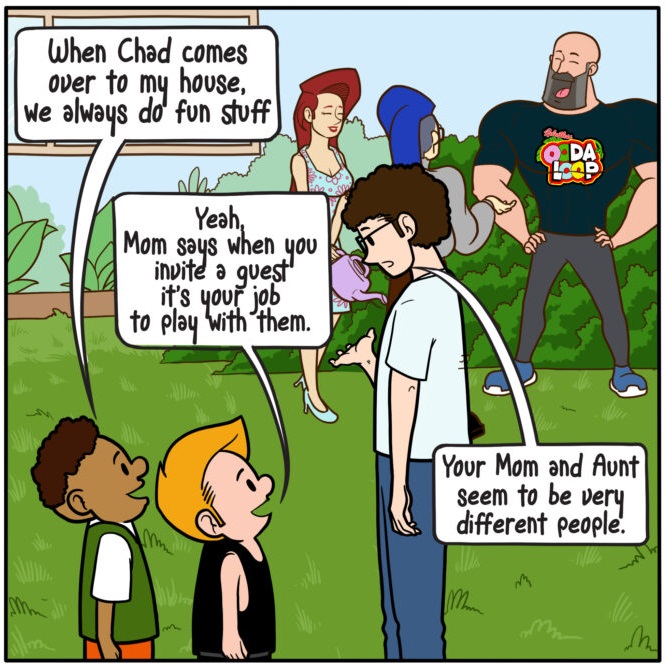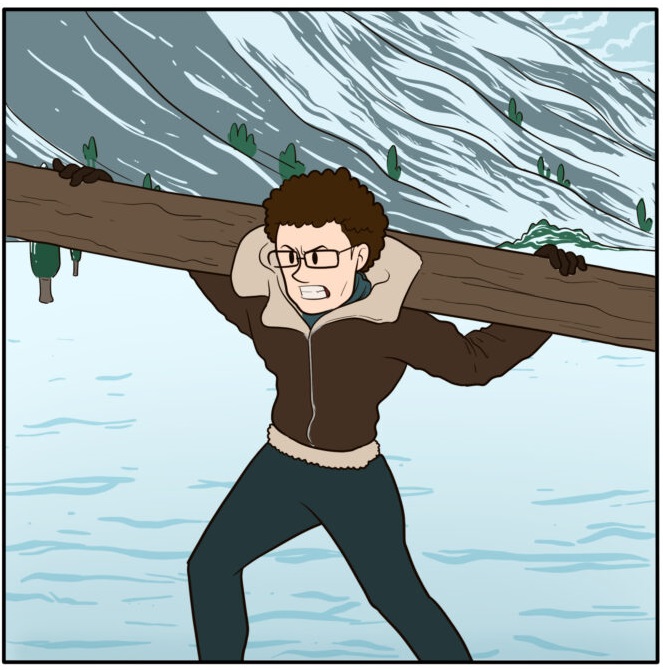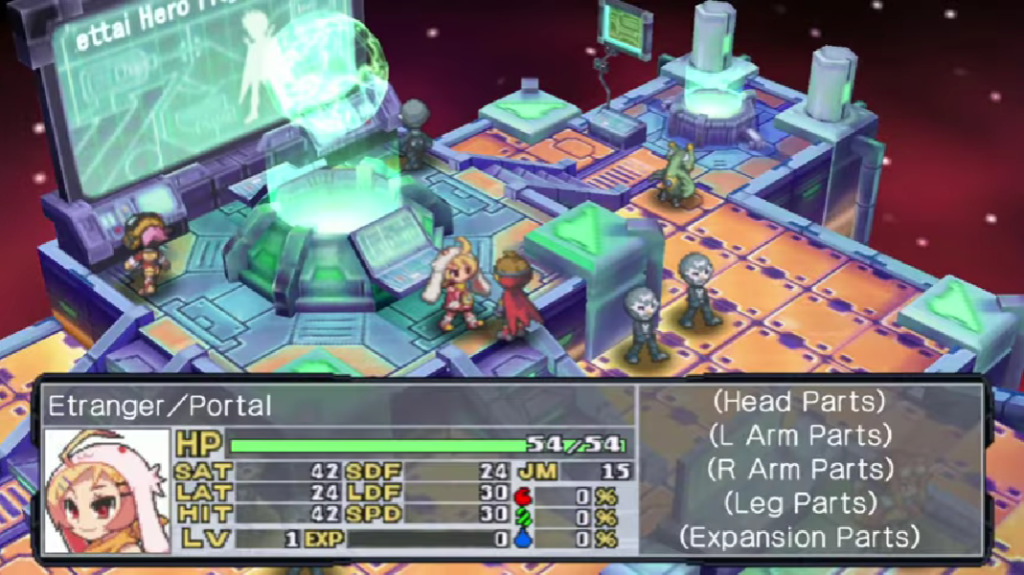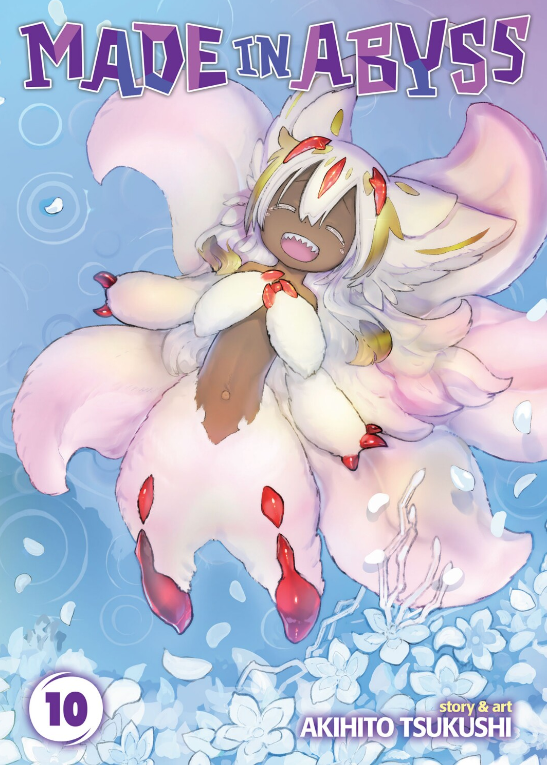
I’m going to say, first of all, that if you went to the store to buy a physical copy with that cover, you’re one brave dude.
That said, this report contains my impressions of Made In Abyss manga volume 12, and it does contain spoilers, so be aware of that in case you’re yet to read it.
Previously, in volume 11, Riko’s crew happened upon a trap, which they investigated. One thing led to another, and they ended up meeting Nishagora of Hail Hex and her prisoner, Tepaste. Following Nishagora back to her base, Riko’s party met up with another White Whistle, Srajo the Obscure!
The author, Akihito Tsukushi, can be commended for introducing a handful of characters, while avoiding having them give off the impression of being a bunch of NPCs, and characterized each of them, putting them in scenarios that draw upon each of their personalities.
First, with a combat trial, next, by giving the characters an opportunity to wash, and then, with a meal. From a narrative viewpoint, this is shown as Srajo’s hospitality, which serves her as an opportunity to gather intel about her guests, whom she’s still cautious of. Riko’s party is similarly cautious, which Srajo notes and appreciates as a virtue, and goes to show that Riko’s party has learned a few things from their encounters with Ozen, Bondrewd, and Wazukyan.
And, speaking of, I can appreciate how Ozen and Bondrewd were written into the narrative, and Hail Hex has alluded to the possibility that Riko and friends may not have seen those two White Whistles at their full potential. It’s possible that we haven’t seen the extent of their involvement in the narrative, which is exciting, because these characters were already quite impactful.
So, you could probably guess that volume 12 dumps some lore on us, which is always fuel for discussion. What’s especially exciting is that this volume introduces us to the “beast guises”, a new category of character that seems related to the previously established character concept of hollows. Personally, I prefer the Japanese moniker for these characters, juusou, which rolls off the tongue easier than beast guise. Tsukushi introduced this new category of character by having them show up in force, with each member of Srajo’s faction, Hail Hex, being a juusou, except Srajo herself. Interestingly, it seems juusou respond to the sounding of white whistles, similar to relics.
Now that we’ve met them all, here’s my impression of each member of Hail Hex:
- Nishagora: Very expressive. She’s simultaneously terrifying and endearing. It’s obvious that she’s going to be a fan favorite.
- Yataramar: Though he’s called a combatant, he seems rather tactful, and takes opportunities to deescalate situations. I think we’re yet to see the extent of what he can do.
- Frapam: Seems Srajo has her own Meinya. As for what it’s about, we still don’t know. Because it’s been given a title as a member of Hail Hex, there may be more to it than appears.
- Menae and Sherumi: The twins. It seems like there is still much mystery surrounding them, but it wouldn’t surprise me if they ended up joining Riko’s team, as they do fit their aesthetic.
- Srajo: It’s been noted that she acts very middle-school, even though she’s plainly an adult. It seems she shouts most of the time, which may indicate that she’s hard of hearing. People with difficulty hearing tend to shout so they can hear themselves, though it seems she can hear the more soft-spoken characters just fine.
From here, let’s go over some observations in a “here and there” kinda fashion.
For one thing, Riko’s party finally makes it to the seventh, and possibly final, layer! How close this means that we are to the conclusion is yet to be seen. But if there is a civilization at the bottom, as all hints indicate, then there will probably be a lot more potential for stories to tell.
The Hariyomari Collection seems to be transforming from background lore to possibly an integral part of the story. It’s gone from a nameless nursery rhyme that Nanachi told Mitty to possessing a secret that a number of adults have taken interest in, which is somewhat disturbing for a horror manga. Whether my theory that Riko is the miko, and thus the author of the Hariyomari Collection, holds up remains to be seen.
Sherumi and Menae have some mystery about them. How they turned out the way they did is a mystery that they don’t seem to want to pass on. It would seem that the event was so traumatizing that they don’t want to remember, or for that matter talk about it. But considering their warning that Reg and his friends could turn out the same way, they could probably use more information. Or, maybe it’s some secret that they’re better off not knowing about.
Back in my review of volumes 1-9, I pointed out that, though this series does have nudity, I didn’t spy any tube steaks or roast beef sandwiches. As of volume 12, this changes, as the series shows its first tube steak. It actually slipped by my attention the first time I read the Japanese version. Perhaps Tsukushi wanted to make the point that, even though the twins were quadruple amputees, they weren’t missing all their features. In any case, the manga showed peepee. Thus, this manga with the great characters, worldbuilding, storytelling, and art has just become a little more difficult to introduce people to.
Srajo’s stew sounds awesome. Yet another recipe from this manga that I’d like to try. But remember the salt. And it comes back that Riko is good with languages, and it turns out that she understands sign language. Considering this with the fact that she can devise complex strategies on the fly, and it’s easy to see that she’s a smart one.
Volume 12 was a bit short. There was only three chapters. The economy is a bit tough, and people are stretching their entertainment dollars, so it would be appreciated if there was more content for our money. I know that Tsukushi only writes so much at a time (and I don’t want him to push himself too hard). But I’m okay with waiting a little longer if it means a more robust volume.
Having said that, volume 12 succeeds at what it does, introducing great characters, building up the story arc, expanding the lore, and having amusing moments (and at times being quite awkward).
To turn my subjective feelings about it into a number, I give Made In Abyss volume 12 a score of 8 out of 10. Having said that, if you’ve been following along, you’re probably springing for this one, anyway. And we know that once you’re in this deep, there’s no going back.


